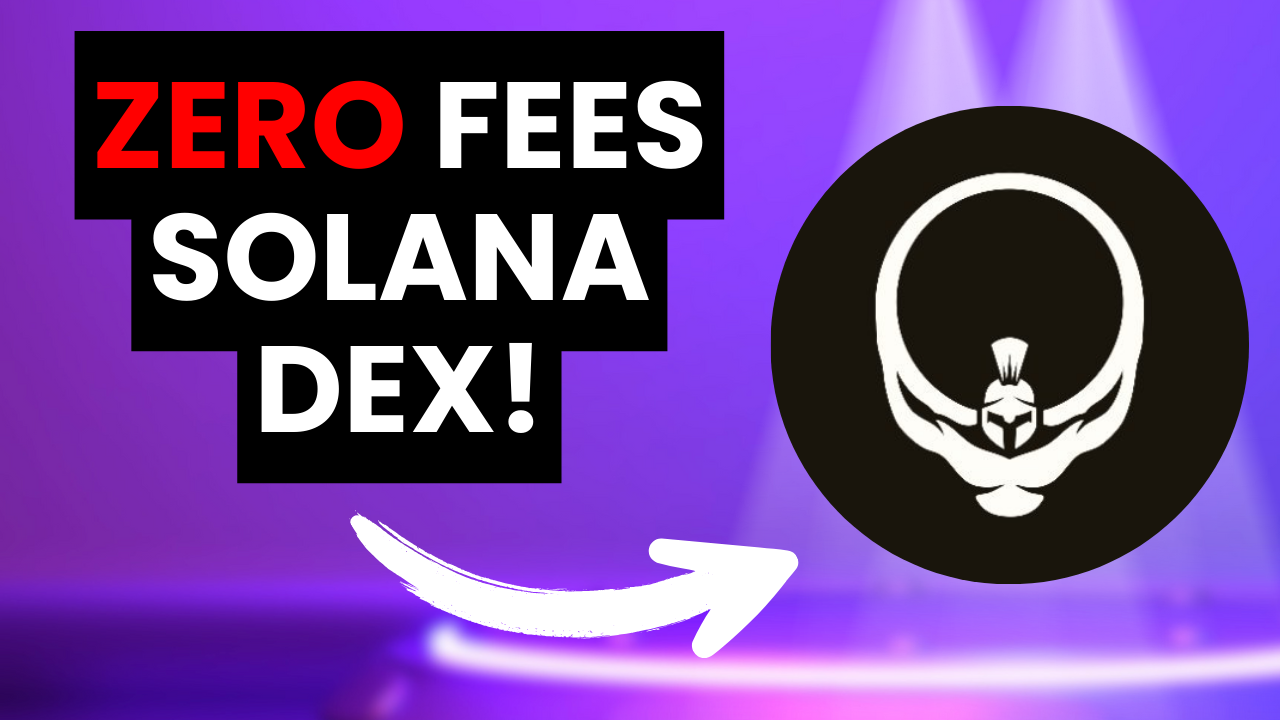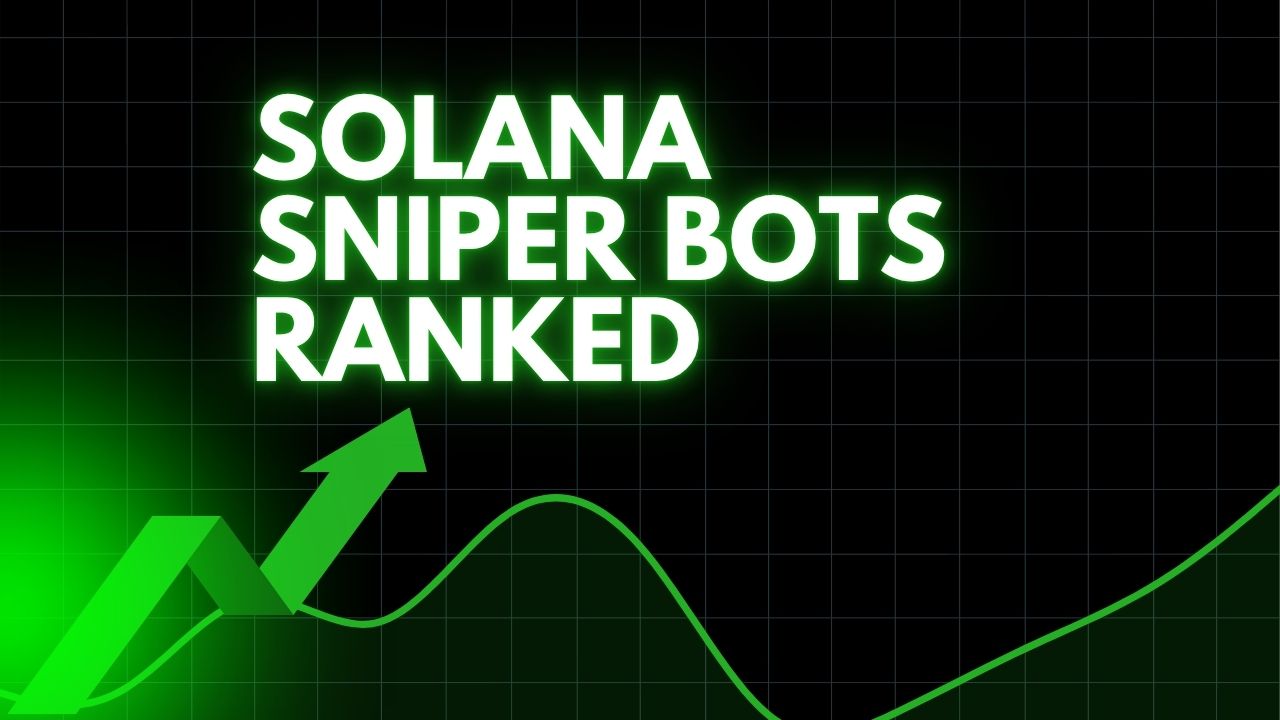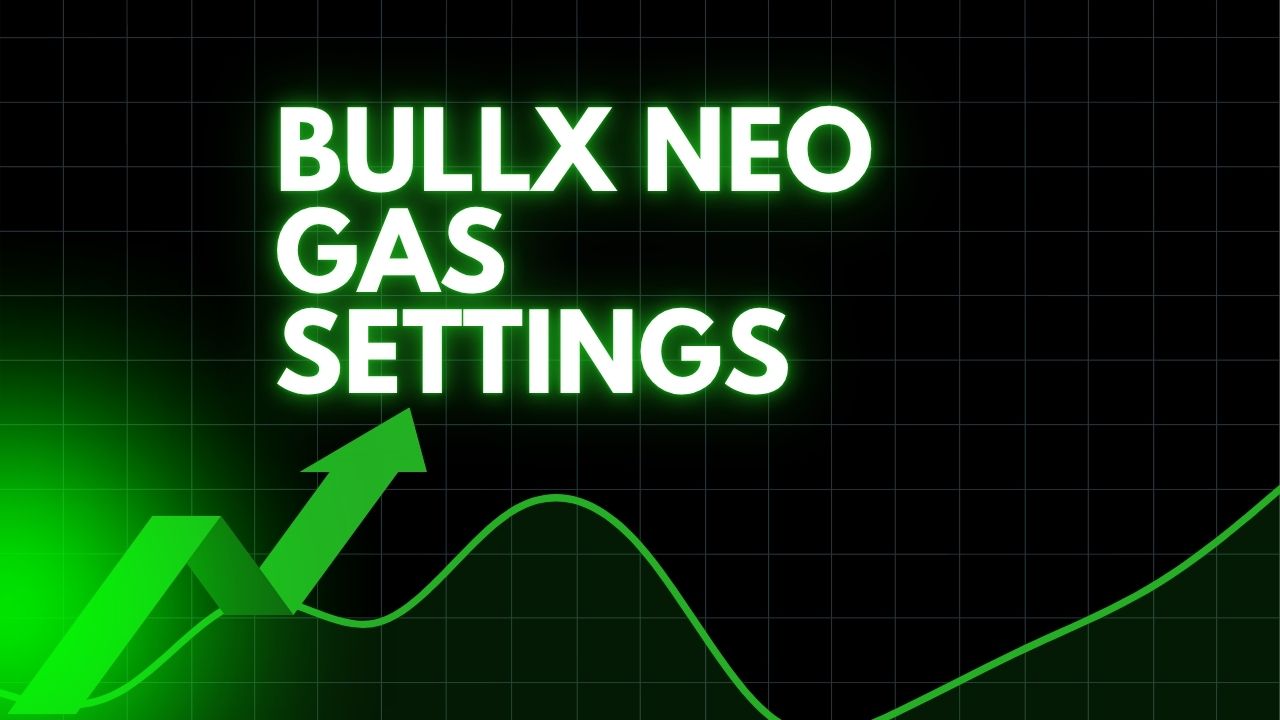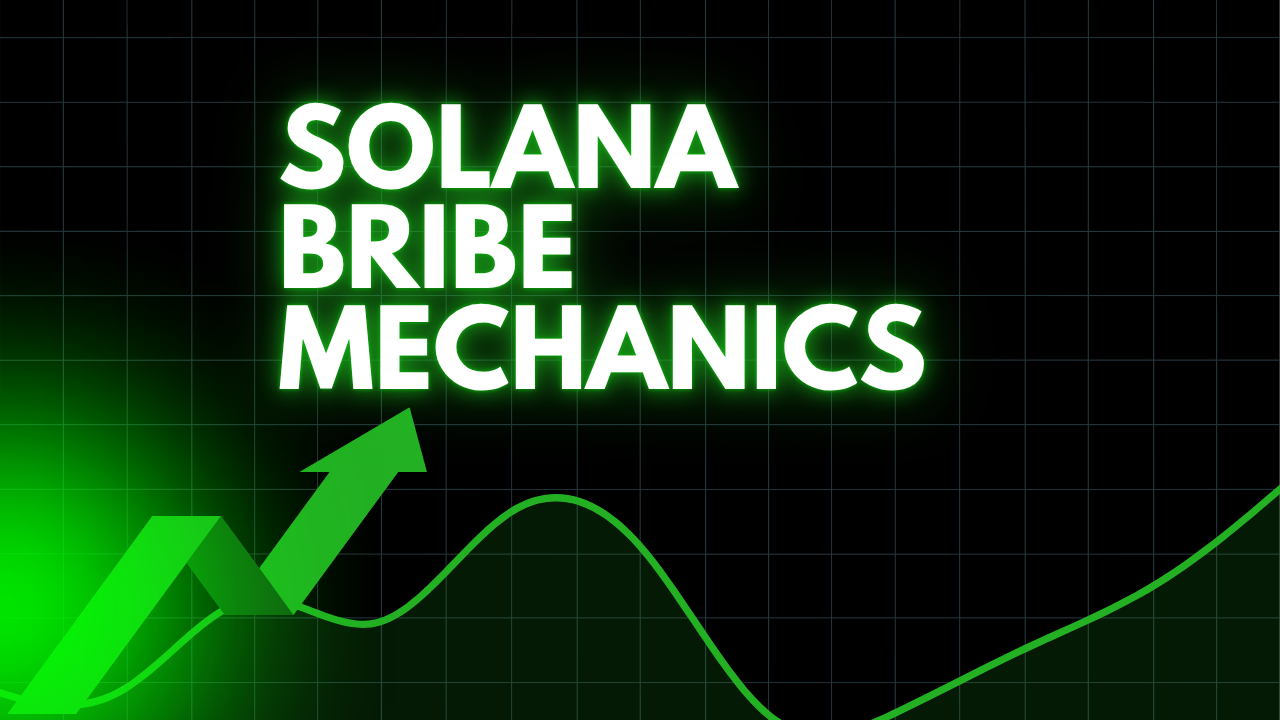Introduction
This guide provides a comprehensive overview of strategies and tips for making money on Axiom Trade, a decentralized finance (DeFi) trading platform. Based on insights from experienced traders, this article will delve into specific techniques, filter settings, and risk management practices crucial for navigating the volatile world of memecoin trading. Whether you’re a beginner or looking to refine your approach, understanding these methods can significantly enhance your trading success on Axiom.
Axiom Trade: https://axiom.trade/@alphabox
Keep in mind memecoins are highly volatile in nature. Always implement risk management before you enter a trade!
Core Trading Strategies
Successful trading on Axiom, particularly with memecoins, hinges on a few core strategies that prioritize efficiency and risk mitigation. Unlike traditional markets, the rapid pace and inherent volatility of memecoins necessitate a streamlined approach, focusing on key indicators rather than an overload of data.
The Power of Simplicity: Filters and Strategy
Many new traders on platforms like Axiom often fall into the trap of believing that more filters and complex settings equate to a better edge. However, as highlighted by experienced traders, the most effective approach is often the simplest: identifying one or two crucial filters combined with a solid, well-understood strategy. Overcomplicating your setup can lead to confusion and missed opportunities in a fast-moving market.
Navigating Axiom: The ‘Pulse’ Tab
The Axiom platform offers various tabs for exploring tokens, such as ‘Discover’ and ‘Trending.’ However, for the specific purpose of identifying profitable memecoin opportunities, the ‘Pulse’ tab is paramount. This section of the platform is designed to provide real-time insights into market movements, making it the primary focus for traders employing the strategies discussed in this guide.
The 9K Market Cap Filter: Your First Line of Defense
One of the most critical filters for beginners, and indeed for all traders looking to avoid common pitfalls, is the 9K market cap filter. Setting this filter on the ‘Pulse’ tab is a fundamental step in safeguarding your investments. The rationale behind this specific threshold is to exclude tokens with extremely low market capitalizations, which are often prone to ‘rug pulls’ or simply lack the momentum to generate significant returns. Tokens below the 9K or 10K market cap often represent pure chaos, making it difficult for even experienced traders to discern legitimate opportunities from scams. By filtering these out, you significantly reduce noise and focus on projects with a higher probability of upward movement.
Volume and Trend: The Dual Pillars of Analysis
Beyond market capitalization, the two most important metrics to scrutinize when evaluating a token on Axiom are its volume and its trend. High trading volume indicates active participation and liquidity, which are essential for entering and exiting positions swiftly. A clear upward trend, supported by consistent volume, suggests growing interest and potential for further price appreciation. Conversely, tokens with low volume or erratic price movements should be approached with extreme caution, as they may lack the necessary market support for sustained growth.
Capitalizing on New Pairs: The ‘Recently Migrated’ Advantage
Experienced Axiom traders often focus on tokens that have ‘recently migrated’ to the platform. These new pairs can present significant opportunities for rapid gains, as they are often in their early stages of price discovery and can experience explosive growth if they capture market attention. Identifying these tokens quickly and assessing their potential based on volume and early trend indicators is a key component of this strategy.
Decoding Viral Coin Signs
When a memecoin is poised to go viral, it typically exhibits several tell-tale signs. These include a surge in trading volume, a steady increase in the number of holders, and growing buzz across social media platforms, particularly Twitter. Monitoring these indicators can provide early signals of a token’s potential to become a ‘runner’—a coin that experiences rapid and substantial price increases. However, it is crucial to differentiate genuine viral trends from artificial hype, as many scams attempt to mimic these characteristics.
Avoiding the ‘Final Stretch’ Trap
While the ‘Final Stretch’ tab on Axiom might seem appealing, it is generally advisable for short-term traders to avoid it. Tokens listed in this section often lack sufficient trading volume, indicating a waning interest or a stagnant market. A lack of volume significantly increases the risk of being unable to exit a position without substantial losses, as there may not be enough buyers to absorb your sell orders. Therefore, for rapid trading, the ‘Pulse’ tab remains the preferred destination.
Scam Spotting and Risk Management
In the highly speculative and often unregulated world of memecoin trading, the ability to identify and avoid scams is as crucial as identifying profitable opportunities. Many projects are designed solely to enrich their creators at the expense of unsuspecting investors, a phenomenon commonly known as a ‘rug pull.’ Axiom provides tools and indicators that, when understood and utilized correctly, can significantly reduce your exposure to these fraudulent schemes.
The Market Cap to Volume Ratio: A Critical Indicator
One of the most straightforward yet effective methods for spotting potential scams is to analyze the ratio between a token’s market capitalization and its trading volume. Ideally, for a healthy and legitimate project, the trading volume should be relatively close to its market capitalization, especially for lower-cap tokens. A significant disparity, where the market cap is disproportionately high compared to the volume, is a major red flag. For instance, a token with a 48K market cap and only 2K in trading volume suggests that the reported market cap is inflated and not supported by genuine trading activity. This indicates a lack of liquidity and a high probability of a rug pull. Always aim for projects where the market cap and volume are at similar levels, indicating organic interest and trading.
Understanding Bundlers and Developer Holdings
Another critical aspect of risk management on Axiom involves scrutinizing the distribution of token holdings, particularly focusing on ‘bundlers’ and developer (dev) wallets. Bundlers are individuals or entities that control multiple wallets, often accumulating a significant percentage of a token’s supply. While not all bundlers are malicious, a high concentration of tokens in a few bundler wallets can pose a substantial risk. If these large holders decide to sell their positions, it can lead to a drastic price drop, effectively ‘nuking’ the chart. Ideally, you want to see less than 10% of the token supply held by bundlers.
Similarly, the percentage of tokens held by the project’s developers is a crucial indicator. If a developer retains a large portion of the token supply, especially without a clear vesting schedule or transparency, it creates a high risk of a rug pull. The term ‘DS’ (Dev Sold) on Axiom is a positive indicator, suggesting that the developer has already divested their initial holdings, reducing the likelihood of them dumping tokens on the market. A general rule of thumb is to avoid projects where the dev is still holding a significant percentage of the supply, as they often buy in with a small amount and then sell off their entire holdings once the price pumps, leaving other investors with worthless tokens. Furthermore, aim for projects where the top 10 holders collectively own less than 30% of the supply, as this indicates a more decentralized and less manipulable distribution.
The Importance of Bubble Maps
Axiom’s unique ‘bubble map’ feature is an invaluable tool for visualizing token distribution and identifying potential risks associated with concentrated holdings. If the bubble maps are not automatically generated, it is imperative to click the icon to generate them. These maps visually represent who owns what percentage of the tokens, allowing you to quickly identify large individual or bundler holdings. This visual representation can be a decisive factor in determining whether to invest in a token, as it provides immediate insight into potential vulnerabilities to price manipulation or rug pulls. No other platform offers this level of transparency, making it a significant advantage for Axiom users in mitigating risk.
Optimizing Your Trading Setup
Beyond identifying promising tokens and avoiding scams, optimizing your trading setup within Axiom is crucial for maximizing efficiency and minimizing losses in the fast-paced memecoin market. This involves configuring your charts, slippage, and other settings to react swiftly to market movements and protect your trades from predatory practices.
Chart Settings: The 5-Second Advantage
Given the extreme volatility of memecoins, using a standard 1-minute chart or longer timeframes can be detrimental. The rapid price fluctuations mean that by the time a 1-minute candle closes, the opportunity may have already passed, or a significant portion of your gains could have evaporated. The recommended chart setting for memecoin trading on Axiom is the 5-second chart. This granular view provides sufficient data to observe immediate price action and react quickly without being overwhelmed by excessive information. While a 1-second chart might seem to offer even more detail, it often presents too much noise, leading to panic selling or impulsive decisions. The 5-second chart strikes a balance, offering real-time insights without inducing analysis paralysis.
Slippage Settings: Navigating Volatility
Slippage refers to the difference between the expected price of a trade and the price at which the trade is actually executed. In highly volatile markets like memecoins, slippage can be substantial. Many traders set their slippage too low (e.g., 5%), which can prevent their orders from being filled, especially during rapid price movements. For fast-moving memecoins, it is strongly recommended to set your slippage to at least 20%. While this higher percentage means you might experience a larger price difference between your order and execution in extreme scenarios, it ensures that your buy and sell orders are filled, allowing you to enter and exit positions effectively. This is particularly vital when a coin is dumping rapidly, as a higher slippage setting can be the difference between getting out with a manageable loss and being stuck in a rapidly depreciating asset.
Priority, Bribe, and Sell Settings
Specific values for priority, bribe, and sell settings can further optimize your trade execution. While the exact configurations may vary based on individual preferences and market conditions, the transcript mentions specific values used by an experienced trader: Priority 0.03, Bribe 0.03, and Sell 0.01 (with a Bribe of 0.01). These settings are designed to ensure that your transactions are processed quickly on the blockchain, which is critical for capturing fleeting opportunities in a competitive environment. Experimenting with these values and understanding their impact on your trade execution is essential for fine-tuning your setup.
MEV Protection: Enabling ‘Me Production’
Maximal Extractable Value (MEV) refers to the profit that can be extracted by reordering, inserting, or censoring transactions within a block. In simpler terms, malicious actors (often referred to as ‘mebots’) can front-run your transactions, buying a token just before your buy order and selling it immediately after your buy order pushes the price up, thereby profiting from your trade. To protect yourself from such predatory practices, Axiom offers a feature called ‘Me Production.’ Enabling this setting is crucial as it utilizes MEV-resistant execution paths, providing frontrunning and sandwiching protection. This ensures that your limit orders are safe and that you are not losing potential profits to bots.
Advanced Techniques: Leveraging Smart Money and Community Insights
Beyond individual trading strategies and optimized settings, Axiom offers advanced features that allow traders to leverage the insights and actions of other successful participants in the market. These tools, such as smart wallet tracking and copy trading, can provide a significant edge, especially for those looking to learn from experienced traders or identify early signals of market movement.
Smart Wallet Tracking: Following the Pros
One of the most powerful features on Axiom is the ability to track specific wallet addresses. This allows you to monitor the real-time trades of highly successful or ‘smart money’ traders. By observing what these individuals are buying and selling, and the amounts they are allocating to each trade, you can gain valuable insights into potential opportunities. The transcript highlights the example of tracking a notorious memecoin trader named ‘Cupsy,’ whose significant buy-ins often precede price pumps. While not a foolproof strategy—as even experienced traders incur losses—it provides a data-driven approach to identifying potential trends and entry points that might otherwise be missed. This feature essentially democratizes access to information that was once exclusive to a select few, allowing beginners to learn from the best.
Exit Buyer Tracking: Identifying Bearish Signals
Complementing smart wallet tracking is the ability to identify and track ‘exit buyers’—wallets that consistently sell at the top of low-cap coins, often just before a significant price drop or rug pull. The transcript mentions an anonymous ‘insider wallet’ that has an uncanny ability to sell at the peak of every insider memecoin. By adding such wallets to your tracker and monitoring their selling activity, you can gain a crucial bearish indicator. If an identified exit buyer begins to offload their holdings in a particular token, it serves as a strong signal to avoid purchasing that coin or to consider exiting your own position. This proactive approach to risk management can save you from substantial losses by providing early warnings of impending market downturns.
Copy Trading: Automating Your Strategy
For beginners or those who prefer a more hands-off approach, Axiom’s copy trading feature offers a compelling solution. This functionality allows you to automatically replicate the trades of selected successful traders. When a tracked trader makes a buy or sell, your account can execute the same trade, effectively allowing you to mirror their strategy. While convenient, it is crucial to remember the caveat mentioned in the transcript: following someone else’s trades means you are also exposed to their losses. Therefore, it is advisable to carefully select the traders you copy and to understand their risk profiles before committing your capital.
The ‘Slow Cookers’ Strategy: Patience Pays Off
While much of memecoin trading focuses on rapid, high-volatility movements, the ‘slow cookers’ strategy offers an alternative approach for those with a longer time horizon. This strategy involves identifying tokens with strong narratives that are slowly but steadily growing in market capitalization, typically in the 20K to 30K range, and have not experienced major dips. These tokens may not offer instant, explosive gains, but they can provide substantial returns over time as their narrative gains traction and more volume enters the market. Axiom’s ability to highlight such tokens, which may be overlooked on other platforms, makes it a suitable environment for this more patient, narrative-driven trading style. The key is to identify projects with genuine potential and a compelling story that can attract sustained interest.
Conclusion
Making money on Axiom Trade, particularly in the memecoin market, requires a blend of strategic insight, diligent risk management, and an optimized trading setup. By focusing on key indicators like market capitalization, volume, and trend, and by leveraging Axiom’s unique features such as the ‘Pulse’ tab and the 9K market cap filter, traders can significantly improve their chances of identifying profitable opportunities while mitigating the risks associated with fraudulent projects.
Furthermore, understanding and implementing advanced techniques like smart wallet tracking and exit buyer analysis can provide a crucial edge by allowing you to learn from the movements of experienced traders and avoid potential rug pulls. While the allure of rapid gains is strong, it is imperative to approach memecoin trading with caution, recognizing the inherent volatility and the prevalence of scams. Always prioritize due diligence, manage your risk effectively, and remember that even the most successful traders experience losses. By adhering to the principles outlined in this guide, you can navigate the Axiom Trade platform with greater confidence and work towards achieving your financial objectives in the dynamic world of decentralized finance.





